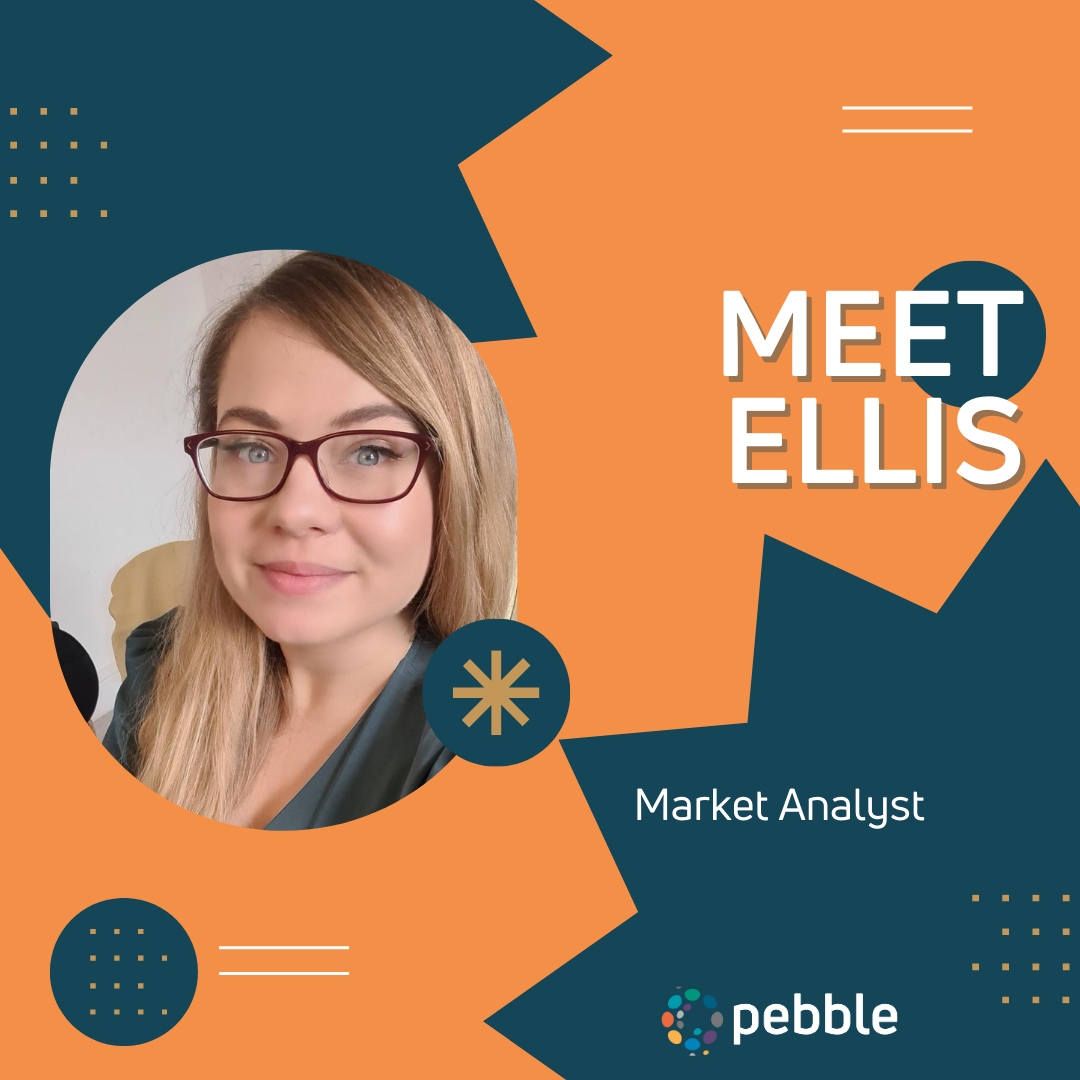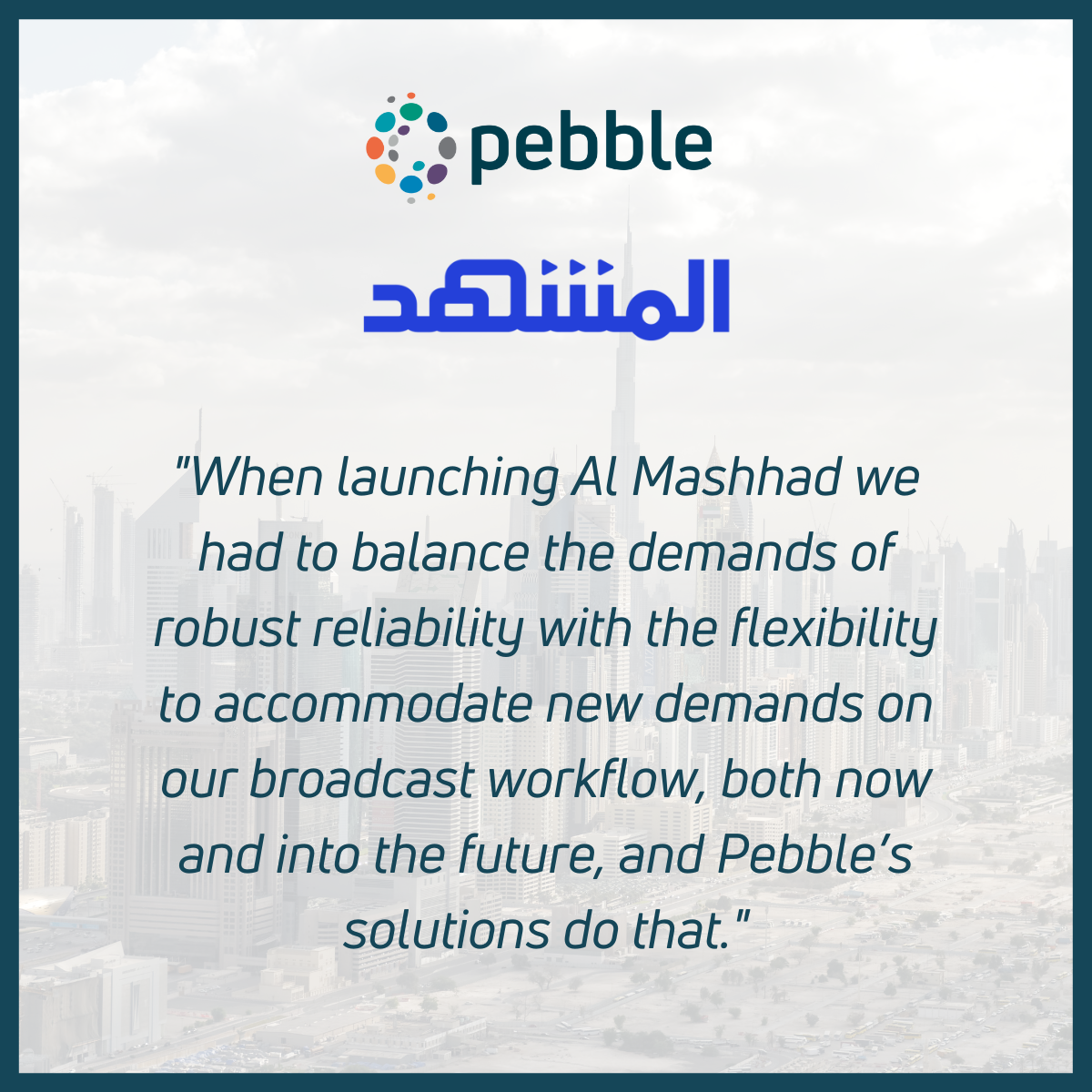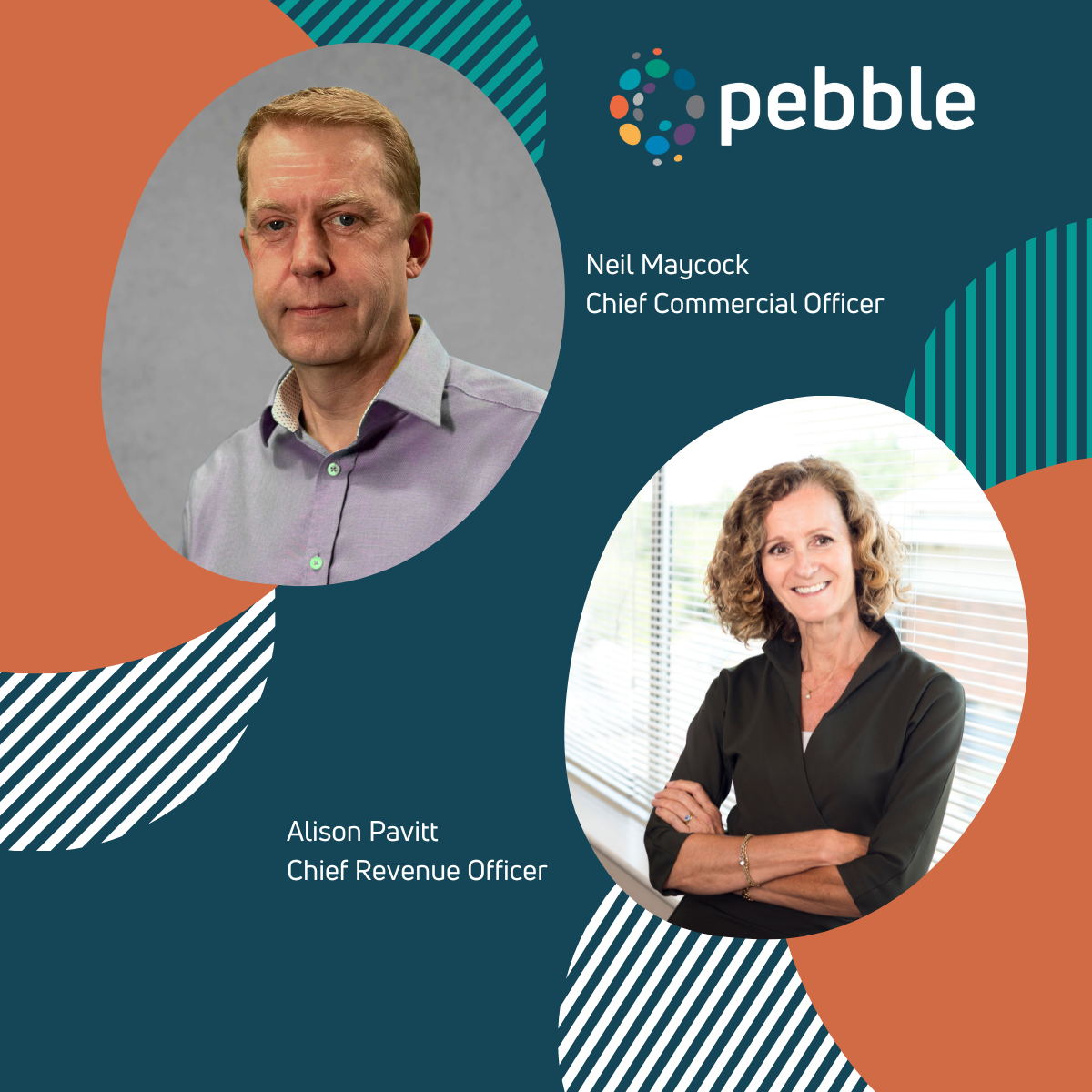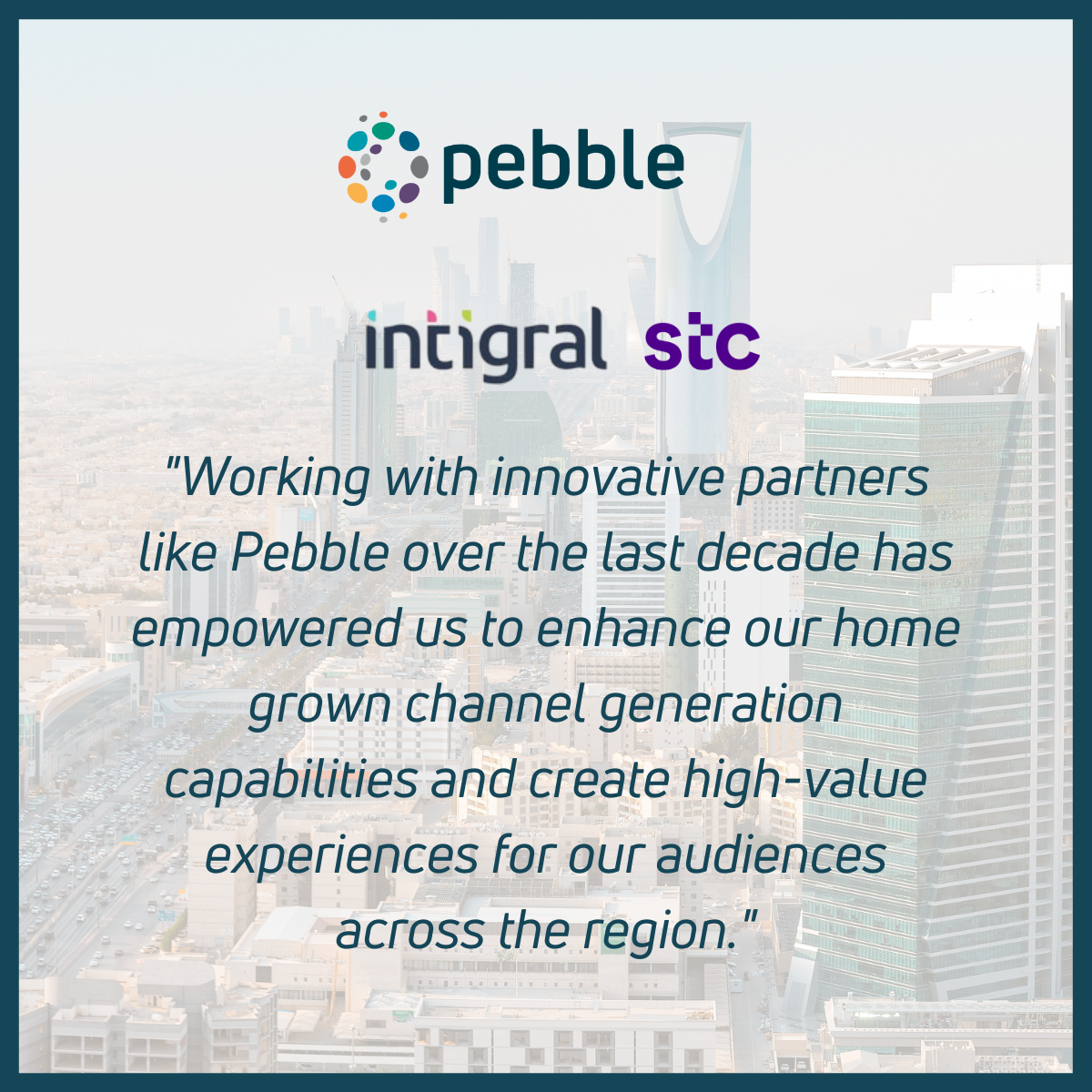New solution ensures redundancy and seamless integration for Trans Media’s free-to-air channels
Epsom, Surrey, UK, DATE: Pebble, the leading automation, content management and integrated channel specialist, has today announced that Trans Media, one of the leading television network based in Jakarta, Indonesia, has successfully launched a new playout system delivered by Pebble and their channel partner system Integrator, PT. Interindo Multimedia. The upgraded solution has replaced Trans Media’s legacy infrastructure, providing a range of more advanced features to overcome the challenges of moving to a new broadcast system for the future.
The playout system, which is now live on air, is based on Pebble Automation controlling Pebble Integrated Channel and is designed to ensure seamless broadcasting for the two free-to-air channels which are Trans TV and Trans 7. The solution offers 2+2 channel redundancy, controlled through the Pebble Automation Channel Manager. This includes the capability to automatically switch to a backup channel via a third-party router when a failure is detected in the main channel. In addition, native Flash and HTML5 graphics are now used to deliver complex visuals, while simpler PNG or TGA sequences are used for logos. Trans Media can also now insert SCTE-104 messages within its program output, with all of these capabilities under playlist control.
“We are thrilled to see both Trans Trans TV and Trans 7 go live on air with our playout system in their new central equipment room (CER) and new MCR location,” commented Pebble’s Samir Isbaih, VP of Sales Middle East and APAC. “It has been incredibly important working with our valued channel partner PT. Interindo Multimedia to deliver this project successfully. The solution will enable Trans Media to broadcast their free-to-air channels seamlessly and reliably, with the added benefit of 2+2 channel redundancy to ensure uninterrupted broadcasting.”
Alfie Torrijos, Senior Broadcast Engineer at PT. Interindo Multimedia, said: “We’re delighted to have partnered with Pebble to deliver such an innovative future-proof solution for Trans Media. Our local knowledge and expertise, together with the reliability of Pebble’s robust playout systems have enabled us to support Trans Media with their move to a new CER with new technology.”
“At Trans TV, we strive to deliver innovative and engaging content to our audience, and our new playout system is an important step towards achieving that goal,” said Sakti Lubis, Broadcast Support and Multimedia Section Head. Agung Wicaksono, Technical Operation Support Section Head, commented: “Working closely with Pebble and PT. Interindo Multimedia has delivered a high-performance solution, and we’re confident that we’re better placed than ever to meet the needs of our audience in a very competitive market.”
Trusted by broadcasters and service providers worldwide, Pebble Automation provides enterprise-level automation for powerful multi-channel delivery. The system is designed to deliver flawless control of a wide variety of channel types in any combination, whether live and unpredictable content, regional opt-outs, simulcast, or simple clip-based channels. Pebble Integrated Channel is a software-defined solution that offers audio, video, and graphics functionality to meet the requirements for ingest, channel branding, and frame-accurate multi-channel playout. With powerful signal processing capabilities, flexible configurability, interfacing capacity, and a huge variety of stream or file types, it replicates in software all the functionality of a traditional broadcast playout chain made up of single-purpose devices performing dedicated functions.
#ENDS#
About Trans TV
Trans TV is an Indonesian free-to-air television network based in South Jakarta. It was launched in 2001. Programming consists of newscasts, movies, drama series, variety shows, quiz shows, and children’s television series. Trans TV was Indonesia’s main broadcaster of the 2018 FIFA World Cup, showing most group matches and all of the final matches, which led to the channel topping Indonesian television ratings as of June 19, 2018.





